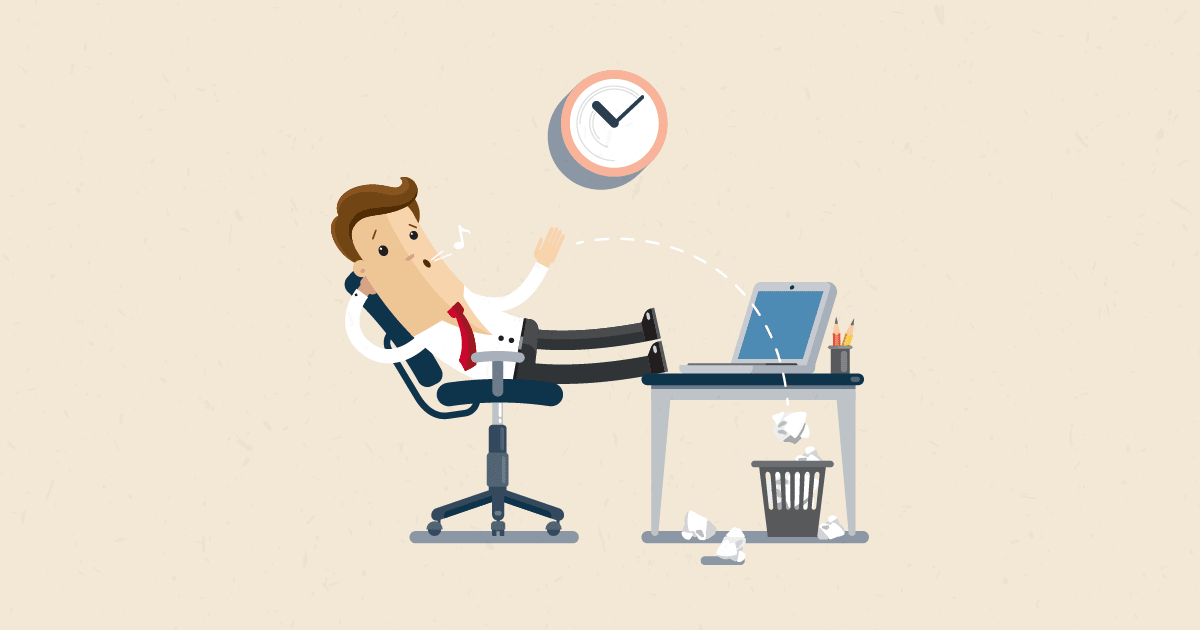Companies pour vast amounts of time and money into learning and development because it’s believed that training will result in better performance. Sadly, this is not always the case.
Frustrated by poor employee performance, a manager may call for more training, either for the individual or the whole team. However, what if the real problem is one of accountability?
If certain employees or a team isn’t meeting standards, it’s time to put on your management thinking cap and ask yourself:
- Have I explained why change is needed?
- Am I monitoring performance and coaching adequately?
- Have they already been trained?
- Is this an issue of soft skills or behavior?
- Was the employee’s performance better after the first round of development, but some skills still need to be improved?
The answers to these questions will shape your next steps. If a skills gap exists, then explore training options. Perhaps an in-house expert can serve as mentor or an external certification course is needed. If the problem is behavioral, then coaching is required.
1. When more training is needed
If more learning is needed, it’s vital that you make your expectations clear regarding poor employee performance after they complete the training. Be as specific as possible.
Do you expect the person to take on more responsibility? Produce more widgets? Improve his or her customer satisfaction rating? Understanding your expectations will help motivate the employee to come back ready to meet those standards.
Such discussions also may help you identify other barriers to top performance. For instance, employees may not have all the tools they need or may need other responsibilities removed in order to have time for skills development.
2. Post-learning tasks
After training, don’t expect osmosis to have occurred. It’s important to follow up with employees to ask:
- What new things did you learn?
- What were your takeaways?
- How will you apply what you’ve learned to address the problem areas we discussed before?
Say a supervisor with high turnover attended a management workshop. Maybe she learned that she needs to improve her department’s onboarding process. Or maybe she needs to be more open to telecommuting and flexible schedules.
In this case, you should ask her for specific changes that will be implemented and a timeline for those changes.
After training, it’s also important for you to give employees assignments that allow them to demonstrate what they’ve learned. This helps your people solidify their new-found behavior into better, more permanent performance.
For example, if Pierce attended a marketing conference, ask him to head up a new initiative to improve your email open rates or website traffic. Another simple option: Schedule a department lunch and have the conference attendees present the most interesting new ideas they learned or new vendors they met.
New tasks also allow employees to feel satisfaction and a sense of accomplishment in their new skills.
3. When soft skills or a new behavior is needed
Say the issue is punctuality. Karen shows up late every morning and when asked why, she explains that she’s “just not a morning person.” She also arrives late to meetings.
Be specific with Karen about how her lack of punctuality affects the team and stress that other team members are able to report to meetings on time. Talk about how her poor time management affects her professional reputation and her colleagues’ opinions of her. Coach her through what she needs to do, step-by-step, to improve her performance and behavior.
If you sense resistance to the new behavior or a lack of motivation, it’s important to stress how improved skills or a behavior change is required for the employee to meet company needs. For employees resistant to change, clear expectations can help them understand that there may be consequences to poor performance.
4. Consistent, ongoing feedback
Whether the original issue was one of skills or behavior, you must continue to observe your employees’ performance and provide feedback and coaching so they continue to support your business’s goals.
In the case of new skills development, it’s important to accept that functions may slow for a time as your employees’ new skills become lodged into “muscle memory.” Encourage changed behavior by suggesting how your people might apply their new skills in ways they might not have considered.
For example, encourage John’s new-found sales presentation skills by assigning him several new prospects.
Long-term, you should include learning and development goals in every employee’s annual performance review and follow up at least quarterly to ensure training and development is part of your culture.
As more and more older workers retire and the skills gaps of younger workers become apparent, managers will need these four steps to foster an environment of continuous learning and high performance.
Looking for more tips for improving poor employee performance and keeping your employees motivated and productive? Read our free e-book, How to develop a top-notch workforce that will accelerate your business.


